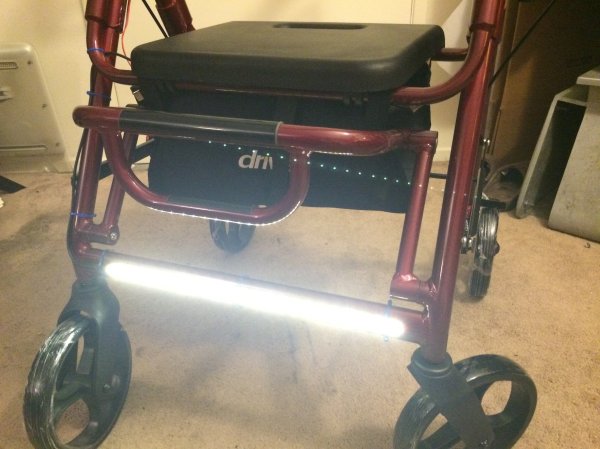[Miroslav Hancar] wasn’t satisfied with abusing just a single component for our Component Abuse Challenge. He decided to abuse a whole assembly, in particular, some LED candles.
In this project, LEDs are abused as temperature sensors. When the temperature gets hot enough for long enough, the microcontroller will turn on its LEDs. How? A diode’s forward voltage is temperature-related. By monitoring the forward voltage, the microcontroller can infer the temperature and respond appropriately.
This particular project is really two projects in one, centered around a common theme, heat activation. The first version has four LEDs and, in response to heat, four LEDs flicker to simulate a real candle. The second version is also heat-activated, but it has only one LED. You can snuff out this LED by pinching the top of it with your fingers. You can see a demo of each version in the videos below.
Continue reading “2025 Component Abuse Challenge: Heat Activated LED Candles”

















